A few weeks ago I began my newest blog series about writing. So many of you responded about how difficult writing time can be- for both the teacher AND students! While I am not an expert, I do have a few tips to make independent writing time smoother, so you can conference with your students.
If you would like to read my past post about making the most of the writing mini lesson, click here.
After the writing mini lesson, it is time to break into independent writing time. This is a time for students to practice the skills and strategies taught during the writing mini lesson. It is also time for the teacher to conference with students and help them as writers.
So the mini lesson was fabulous, all the kids seemed engaged, and now it is time to move into independent work time…
Does this feel familiar?
Often, before we can even get started, the train derails! LOL! Hands are up, questions are flying, and blank stares are all about.
Here are some tips to help prevent that!
Make sure to provide EXPLICIT instructions for students when they are done. Try not just to give them orally. Some kids may have receptive processing issues and just hearing it may not be enough. Create a short, jotted down list of what to do. For example, if kids are working on the introduction paragraph for informational writing list:
*grabber
*topic sentence with big idea
It doesn’t have to be huge, but can help for some students to have something to refer to.
Also, when setting up writer’s workshop teach the procedures. Make sure all students know WHERE and HOW to access all materials such as pens for editing, paper for different drafts, and what to do if their pencil breaks.
Here are some pictures of the writing areas over the years where students could find almost any material needed for writing time.
Some years I had more room than others. For example, in fourth grade I just had a small shelf area.
One year in 3rd I had more room for a bigger shelf, and was able to also include dry erase boards and clip boards. It was at the front of the room and the shelf blocked the view of the front door to keep from distracting students. That was SUPER helpful that year! LOL!
Other years I had more room. This year in third I was able to include a table. I set a shelf of materials right on top of the table. I took the adjustable legs out of the table. The table sat very low to the ground and students sat on the floor with pillows to write. They LOVED it!
One year In second I had room for a shelf AND table! You can see a close up of everything on the shelf and table below.
These procedures were posted year round. We even had procedures for what to do if you don’t know how to spell a word, because that can really bog some kids down. The expectations varied somewhat from year to year, depending on the class. Here are some pictures of anchor charts my classes created over several years, and several grade levels!
Have a clear and organized place for all writing materials. In second grade, my students had a folder with brads. Any reference sheets were put in the brads. I put a green dot sticker on the left pocket and a red dot sticker on the right pocket. Works in progress went in the green, left pocket. Finished pieces went in the right, red pocket. Every few weeks we would clean out the folders, staple the finished pieces and send them home in Friday Folders. Some years I also had students keep writer’s notebooks. Pretty much everything went into the writer’s notebooks except final drafts (which were kept in the writing folder). Graphic organizers and notes and such can be glued in.
During writing time, try to meet with students and conference as much as possible. I strongly suggest having a procedure for which students will be conferenced with instead of students just requesting conferences. I have found that with SOLELY allowing students to request conferences, some quiet babies will slip of the radar and fall through the cracks.
One year I posted the students I would be conferencing with in a pocket chart that held the daily schedule. The students names were on the die cuts. This made it easy to switch out. I only had a short amount of time for writing so I only met with about 2-3 kids. I scheduled the 2 kids with the pocket chart and then milled around or met with kids that requested a conference.
Another year I (mentally) assigned each table group a day. I met with all the students at Table One on Monday, Table Two kids on Tuesdays and so on. That worked best when I had a longer time for writing since I had to meet with 4-5 kids per independent writing time.
Some years it was SO HARD to meet with kids and conference. The needs were SO GREAT and I had SO MANY kids in the class! The most I had was 29, which is child’s play to come of ya’ll, but it about killed me! LOL!
During these years I did a mix of writing groups and conferences. I called kids back with similar needs to my reading table. I could either conference with them individually (they were closer and less travel saved time! LOL) OR I could do small writing mini lesson. It could be an extension of the mini lesson, or just targeted lessons based on what those kids needed. I do recommend keeping the groups small, 4-5 kids at most.
When I asked my Facebook followers about writing concerns the editing problem was echoed over and over and over again. I am sure you can relate.
“My kids get periods and end marks on the worksheets, but never in their own writing.”
“How much should I edit with kids?”
I guess there are a few schools of thought. I have heard “Teach the writer, not the writing” more than one time. But then, that begs the question of WHEN DO we teach the mechanics?!?!
I guess I take a middle of the road approach. This is only my opinion, based on my experiences. Take it or leave it :).
There is room for both. Some conferences should be a focus on the process of writing (elaborating, adding dialogue, sequencing and clarifying, etc). Others should be focused on editing.
*Soapbox Moment*
If your writing workshop time is only dedicated to the end product- a cute end craft with a piece of writing, an essay that will become a final draft, or a book that will be published, then you and your kids are missing out. Kids need a chance to JUST write to practice the art and skill of writing in all the genres- NOT just to make something pretty.
You may find that if you are too focused on the product, then your conferences will ALL be focused on the editing and making the writing perfect….because that product for the hall requires it. Kids need time to write and talk about it.
**end rant**
I am planning a post on JUST editing and revising strategies soon, so I will have lots more to share on this topic soon :D.
One year I had the draggers. It was unreal. It took them FOREVER to get anything done. You know how some years you have the kids that blow through the writing and others that will die with a pencil in their hands? It was wild- that group ALLLLLLLLLL took forever.
One thing that helped keep kids on track was giving them explicit timelines and expectations for what they needed to get done during independent writing time. Their task mirrored the mini lesson. If I was teaching dialogue, then then had to add dialogue in two places in their writing and then could continue working on their pieces. If we were working on an informational book, they had to have all the notes taken on the animals habitat. I was blunt. If they didn’t have it done, then they were behind and were not on task. Sometimes it was just me telling them that and other times meant they had to finish the task at recess. It depended on the situation and the kid. But I found telling kids to “just go write” was often a recipe for disaster! LOL!
You can see the other posts in this series below.
I hope this post gave you some a few helpful hints to trouble shoot your writing time! If you would like more ideas from me, be sure to follow me on Teachers Pay Teachers, Pinterest, and Facebook to catch all the freebies and ideas and more!
Mandy Gregory is a 2007 and 2012 Teacher of the Year. She has taught Kindergarten- 4th grades in both the general education and inclusion settings. She is currently a 1st grade Special Education teacher. She is the owner and creator of Mandy’s Tips for Teachers website (www.mandystipsforteachers.com) and has over 13 years of teaching experience. She is married with two beautiful children.

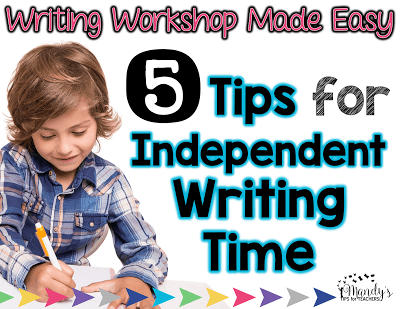
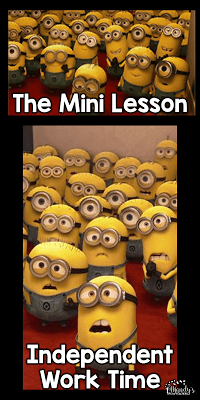

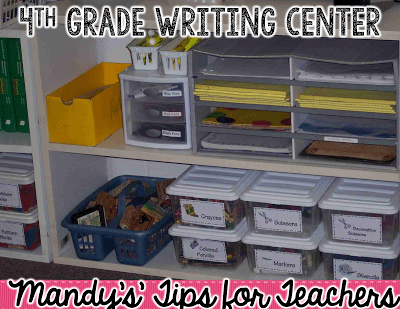
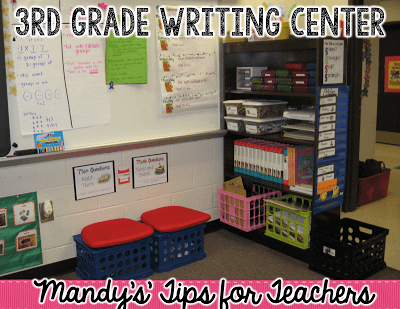

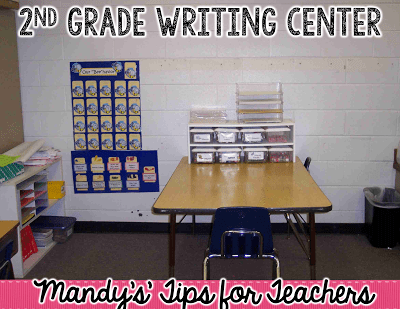
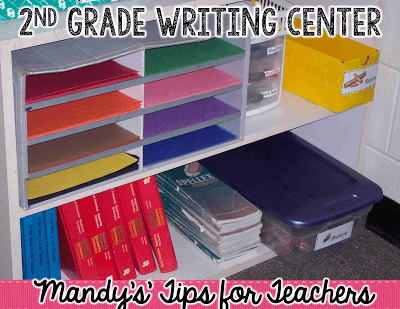
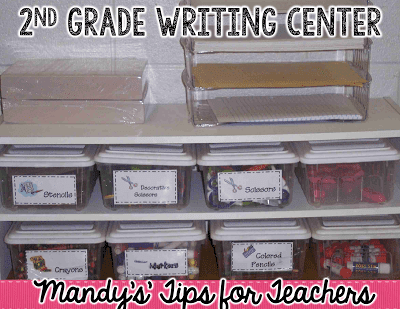












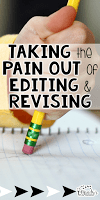
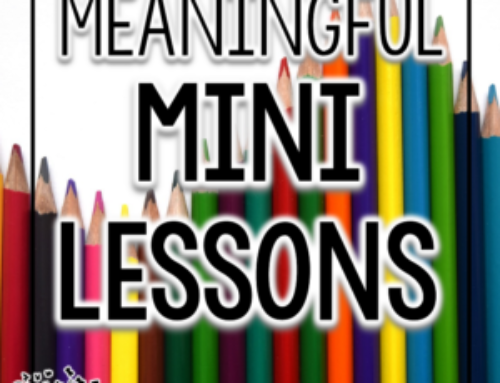
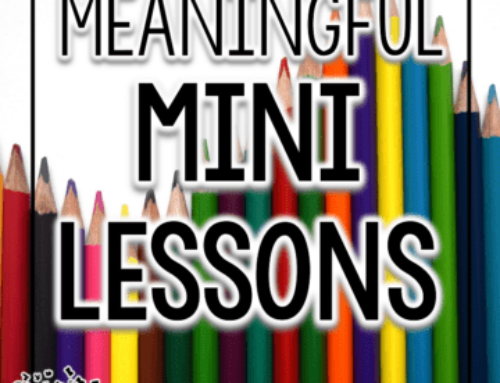

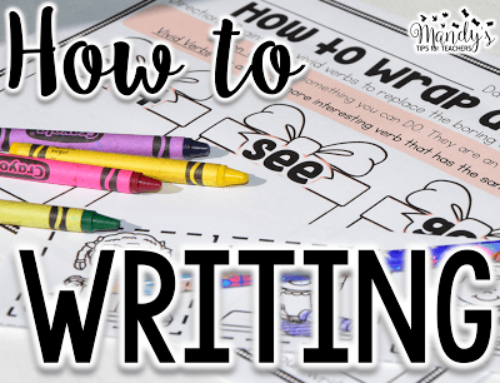

Thanks for the very helpful post, so full of good suggestions. Teaching writing is still something That I find stressful after teaching for over 20 years. I thought that after taking a Masters degree in Language Arts instruction this would be resolved. But not so much!! I'm looking forward to your series.
Always Primary